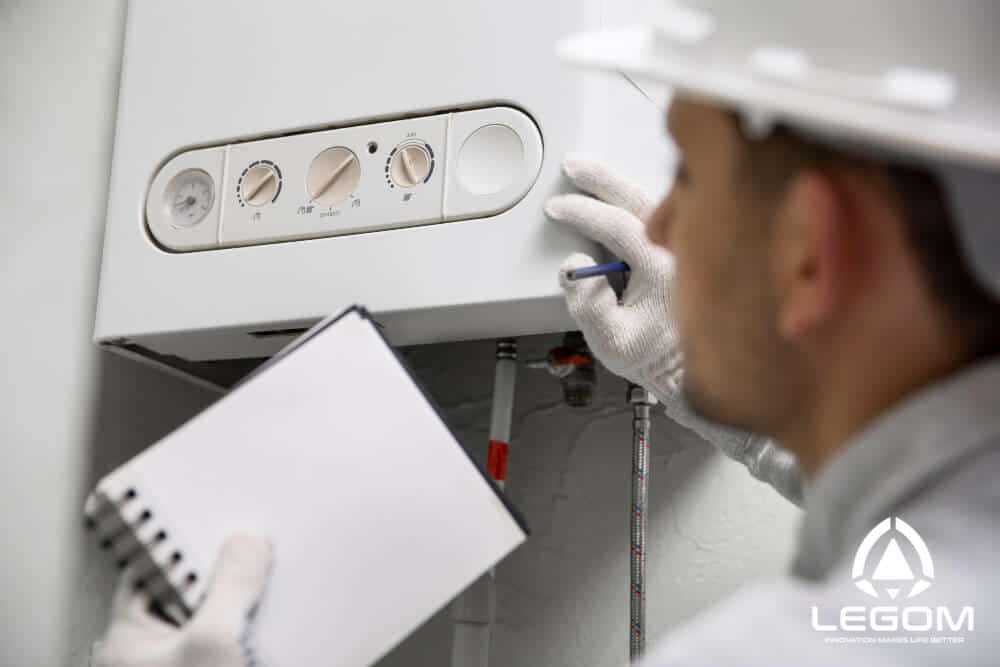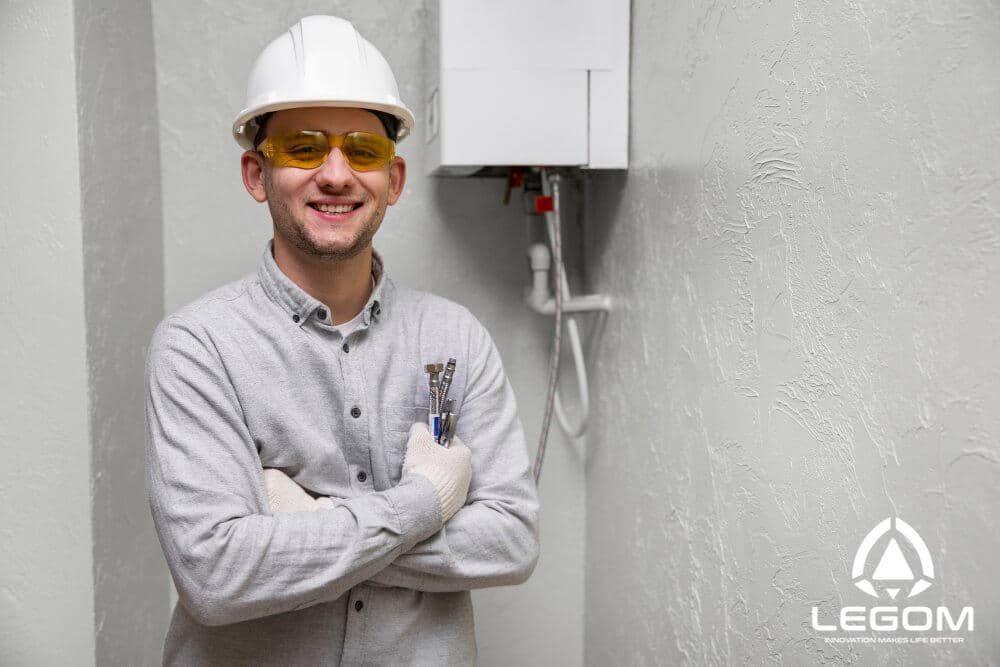
What is a water heater of the modern home system? Is it important? The short answer to this is yes. The reason is this device plays an important role in almost all sectors of life in the home. This device supports cleaning activities, cooking or preparing food to live, bathing, etc.
Contents
What is a Water Heater and How Does It Work?
The work of this device is empowered by a heat source. The source can be an electric element or a gas burner. It has a tank as the place to keep the liquid and to process. In this tank, one of the heat sources above is connected to raise the temperature.
After the liquid in the tank is boiled, the hot water is ready to use. The distribution from the tank to the targeted location is through pipes.
Water Heater Types

The type of this device is not only one. There are several types of water heaters, which is good news for those who prefer different styles. The versatility and wide range of products offer significant advantages. The main types are tank-style, heat pump water heaters, and tankless water heaters. The most common type is the tank-style water heater.
Tank style
This is considered the most efficient because of the big liquid storage capacity. The tank is isolated so the heat is trapped there and can be used later.
Tankless
The tankless water heater doesn’t provide storage so the system works only when the owner wants hot liquid. The energy use is more effective (in the short run). But for the long run and force majeure like the loss of a power source, this is not suggested.
Heat pump
This device shifts heat from the environment. This heat then is pushed into the liquid tank.
This device is prominent nowadays. Almost all systems in a house are powered by this. Fortunately, the price and size come in wide range. Whatever the needs and the budget, there is always at least one type that suits you.
What is the History of the Water Heater?
A device was invented and evolved over time, and so did the water heater. Let us journey back centuries ago. The Romans were among the ancient civilizations known to use water heating systems, such as the hypocaust, which heated public baths and private houses. Of course, at that time, the technology was not as sophisticated as it is today.
The fire was the responsible element to burn. The liquid was placed in a cauldron and then heated by the fire. The distribution principle was similar to recent, using a pipeline or directly from the hot water cauldron or tank. From this basic principle, it was evolved and improved along with the technological advances.
In the late 19th century, Edwin Ruud, a Norwegian mechanical engineer, significantly contributed to the evolution of the water heater by inventing the first automatic storage tank-type gas water heater. His invention laid the groundwork for modern water heating systems, making them more efficient and widely accessible.
What is a Water Heater: The Improvement
The algorithm still follows the same principle as the first device, boiling water and then transferring it to the target. However, the difference lies in the material and the fuel. People and experts continually find new methods to achieve the highest level of efficiency. To reach that goal, the device requires a constant fuel source. Additionally, experts have studied hard to solve issues like leakage. Although leakage might sound simple, it disrupts maintenance and replacement.
From the middle to the end of the 19th century, developers created the modern version of this device. With continuous developments and improvements in the system and design, the water heater was ready for commercial use at the beginning of the 20th century. The development didn’t stop there; manufacturers kept innovating. Consequently, recent devices are not only efficient but also capable of accommodating larger target areas.
In conclusion, water heaters are crucial for modern life, offering sophisticated and efficient solutions for various household needs.
